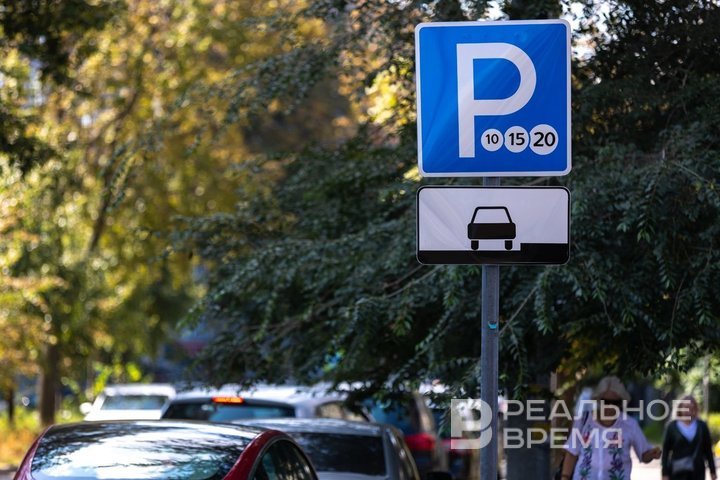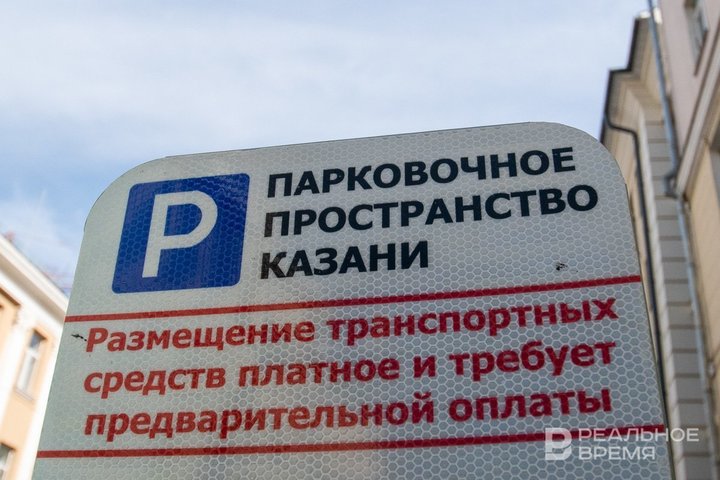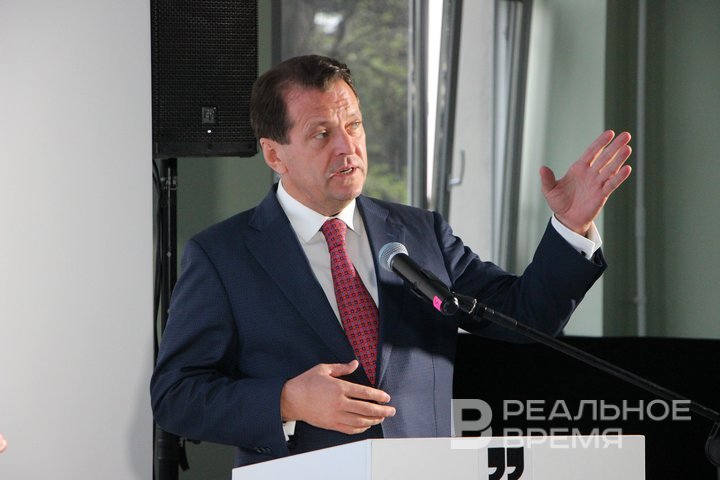‘We remember what was going on before 2015’: two or three rows of parked cars and heavy traffic’

In 9 years, the average speed of a car in the city has reached 35 km/h
Since February 2015, active work has been underway in Kazan to optimise traffic. The scheme developed in St Petersburg in 2014 has shown the following results over 9 years: the speed of traffic has increased by 7%, and travel time has decreased by 7-9 minutes. The average speed in the city has reached 35 km/h.
However, as the mayor's office admits, one of the key problems remains the growing motorization. In recent years, the number of cars in the city has tripled, and today there are 396 cars per thousand residents.
“Municipal parking is one of the tools to curb this process,” said deputy head of the Executive Committee of Kazan Ildar Shakirov at a weekly meeting of the mayor's office.
Since 2015, the city has created 8,455 parking spaces in 186 areas. During this time, 19 million parking sessions have been held, 458,000 users have been registered. On weekdays, more than 110,000 motorists use paid parking every day, but only about 11,000 drivers pay for it. The average parking time is 15 minutes.

New parking spaces and tariff changes
From 1 October , the city will introduce 9 new areas with 226 spaces on the streets of Baturina, Fatykha Karima, Chernyshevsky, Tolstoy, Shchapova, Nekrasova. Parking will be organised in existing pockets or on the sites of former chaotic parking lots.
The parking tariff is calculated based on its occupancy, which should not exceed 85% and be lower than 30%. Today, the differentiated tariff looks like this:
- 30 rubles for 65 sections (50%),
- 50 rubles — 44 sections (33.8%),
- 70 rubles — 18 sections (13.8%),
- 100 rubles — 3 sections (2.4%).
Currently, the occupancy rate in 24 sections of the city reaches 95-100%, so from 30 September, tariff adjustments are planned in these places, including on the streets Teatralnaya, Ploshchad Svobody, Pushkin, Dzerzhinsky, Chernyshevsky, Mushtari, Spartakovskaya, Khadi Taktash, Artyom Aidinov, Sibgat Khakim, Meridiannaya, Chistopolskaya, Nigmatullina, Nikolay Ershov, Salikh Saydashev, Sary Sadykova and Nikolay Stolbov.
One can pay for parking using a parking meter (Shakirov noted that only 2% of users use it), SMS messages (40%) or a mobile application (58%).
“The measure is unpopular but it is inevitable”
“The measure is unpopular but it is inevitable. In the reporting period alone, since 2005, the number of cars has tripled. Remember that before the introduction of municipal parking, before 2015, we had 2-3 rows of parked cars and difficult traffic. The situation has changed dramatically now,” concluded Mayor of the city Ilsur Metshin.
In his opinion, municipal parking is a necessary tool for order on the roads, increasing the speed of traffic, giving priority to public transport and convenience to pedestrians.

Shakirov also noted that car sharing is actively developing in Kazan as an alternative to private cars (987 cars). Free parking for electric cars is also available (784 units).
It should be reminded that this September, the Cabinet of Ministers of Tatarstan proposed to grant the regional government the right to independently determine the prices for paid parking. Currently, the fee for using parking is determined by the Ministry of Transport of Russia.
The draft resolution also proposes to transfer to the Cabinet the right to approve projects and schemes for organizing traffic. However, it excludes from the powers of the Government of Tatarstan the right to determine how much money should be spent on organizing traffic on roads that belong to the republic. In August, the State Duma proposed providing a 50% discount on fines for violating parking rules.